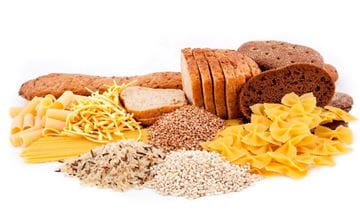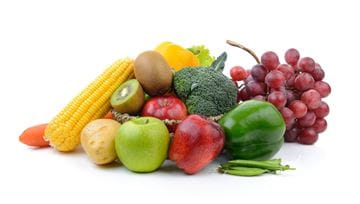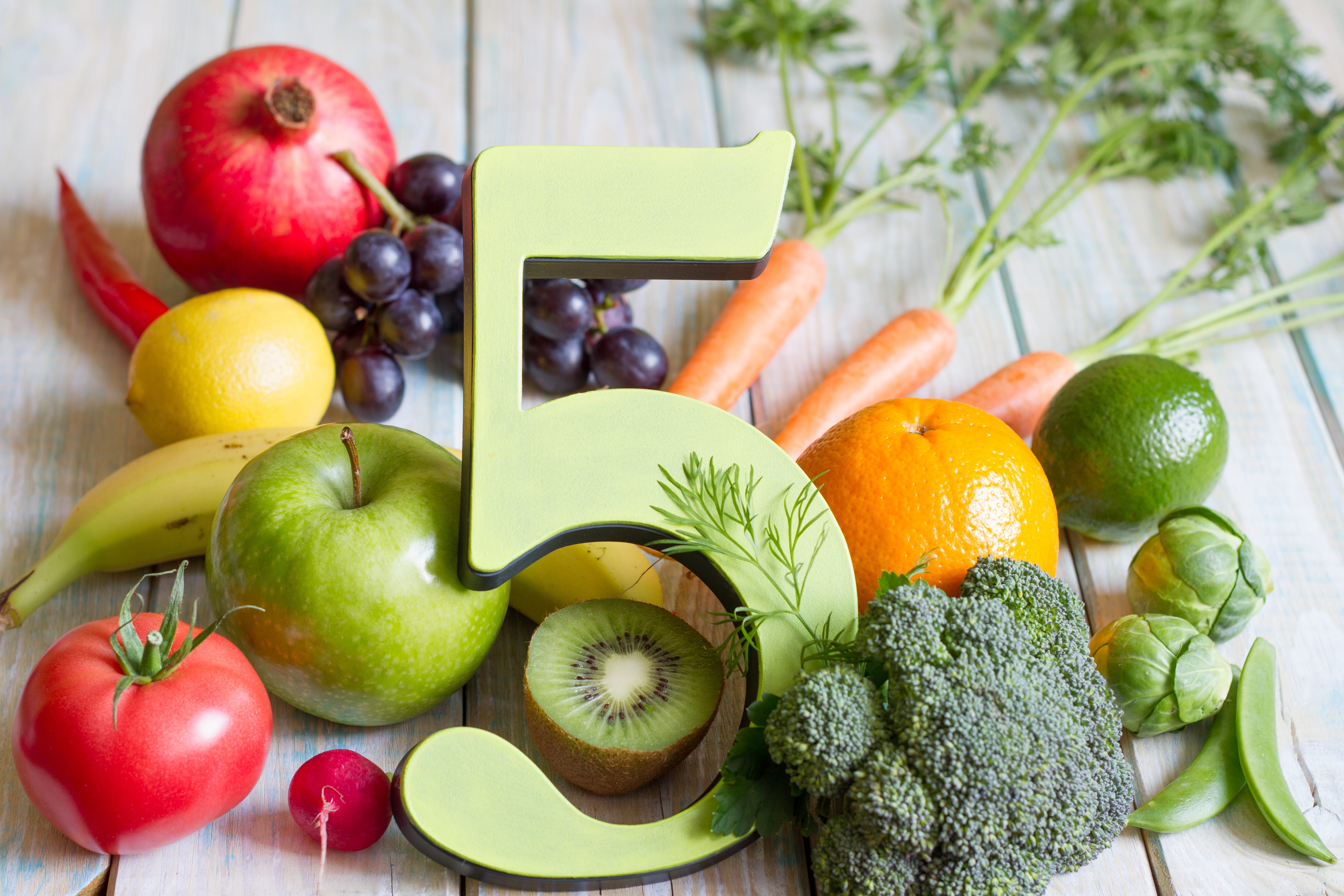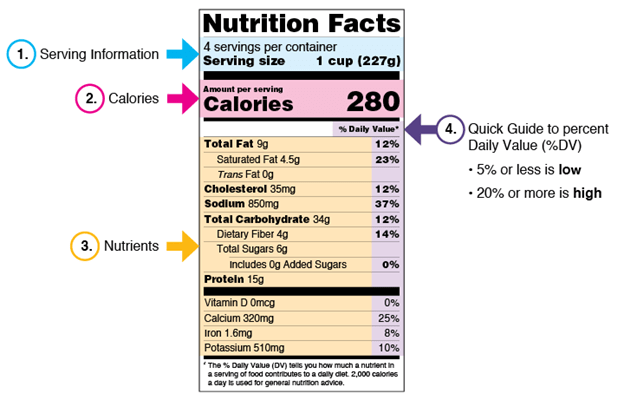
Notice the portion plate in this photo.
It has four parts. You can do this with your own plate.
Fill 2 parts of your plate with fruit and veggies.
Fill 1 part with grains. Fill 1 part with protein.
You can plan your own meals with the MyPlate Calculator (link) MyPlate.gov | MyPlate Plan Calculator
Ask for help if you need it.







.png?rev=5c82e4380fcc4afea8aa1c3d18f19d80&la=en&h=500&w=500&hash=127395A43B3109DA49B186B4EFD30CEC)



